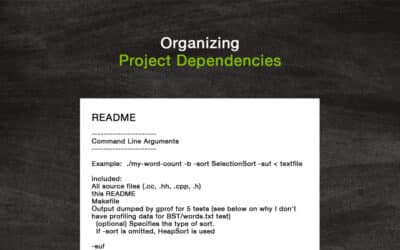The solution to our problems arose in the form of skeuomorphic design. Rather than go back to the old ways, why not just make the new ways imitate what we were used to? You turn a volume dial in your car, so let’s create realistic-looking dials on our screens. You tear a page out of your desk calendar to move to the next month, so lets see those tear lines. Everything was right in the world.
Right until flat design reared its head, that is. Just as we were getting comfortable with the textured backgrounds, muted tones, and stitching on just about everything, flat design appeared and slapped us into a realization that there is a better way. Gone were the shadows, shiny buttons, and varieties of fabric. Now it was bright colors, contrast, large type, whitespace, and a rather sparing use of gradient. Flat design took off the training wheels and let us speed down the hill… or fall on our faces.
As we grew accustomed to the faster load times and clean designs, we also started to question our hubris. Did we overreach? Did we fly too close to the space heater? And how the hell am I supposed to know that you have to click on that? We decided we had overreacted, and so it was that flat design 2.0 began to take over. Flat design’s successor added some of those shadows back in, considered lighting, and generally just inject some depth back into the style. Microsoft and Apple both transitioned to flat design 2.0, followed by Google’s release of material design, the culmination of all flat design 2.0 elements. Those who enjoy structure praised Google’s guidelines that outlined the principles of its system, including the density-independent pixels a raised button requires.
Flat design 2.0 saved the day, solving most usability issues that came with its predecessor, while still maintaining the spirit of the reaction against realism.
So here we are. Have we found the ideal principles for digital design? Is this porridge just the right temperature? I doubt it. As 2.0 principles begin to be blended with trends like the use of geometric shapes, abstract minimalism, retro styles, as well as animation, photography, and print design, a new overarching style should emerge. Good digital design usually centers around the user or participant and is often shaped by new technologies or changes in the way we interact with our devices. Whether a distinctive style will be influenced by the prevalence of apps, issues that emerge with flat design 2.0, an increased use of 3D, a new device, or even a reactionary desire for something different, the change is sure to appear as soon as we’re all comfortable with the way things are.


